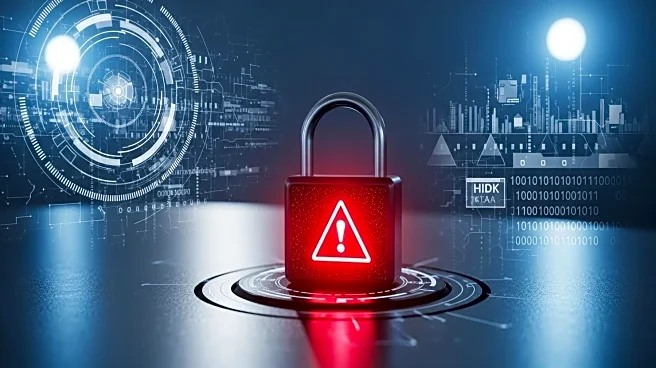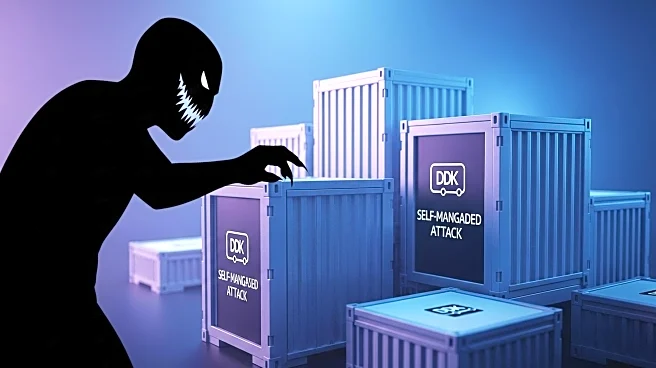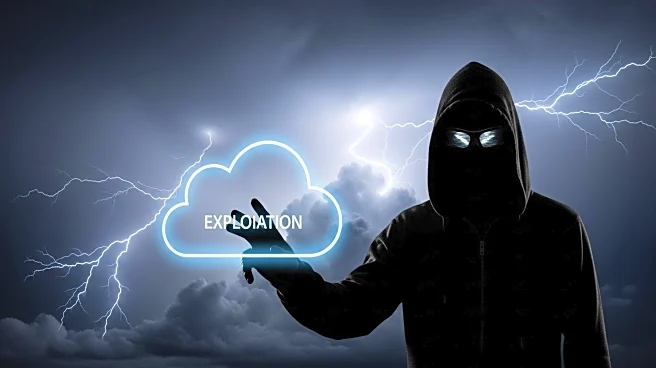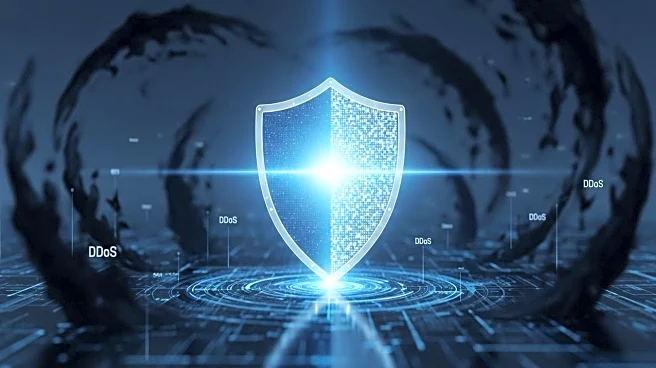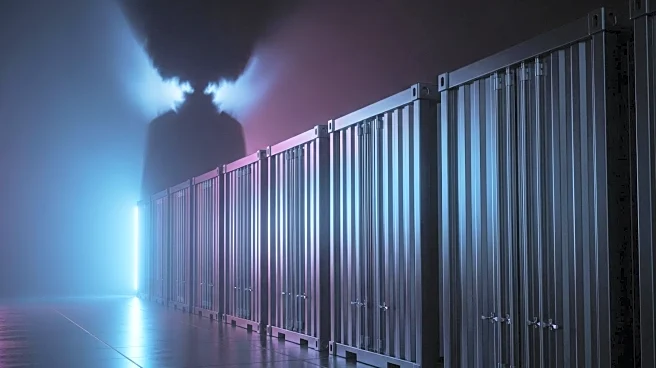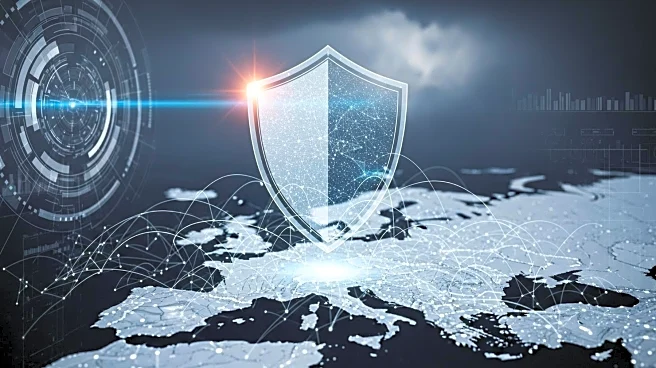What is the story about?
What's Happening?
Cybersecurity researchers have identified a sophisticated distributed denial-of-service (DDoS) operation known as ShadowV2, which merges traditional malware with modern software-as-a-service (SaaS) platforms. The botnet, discovered by security vendor Darktrace, offers attackers a polished user interface and tools that resemble legitimate cloud-native applications. It employs advanced DDoS techniques, including HTTP/2 rapid reset floods and Cloudflare bypasses, to overwhelm targets. The operation is hosted on GitHub CodeSpaces, leveraging Microsoft's cloud infrastructure to conceal its activities. Targets include exposed Docker daemons on AWS EC2 instances, indicating a deep understanding of cloud deployments.
Why It's Important?
The emergence of ShadowV2 highlights the evolving threat landscape where cybercriminals adopt professional development practices and cloud-native architectures. This blurring of lines between legitimate and malicious software poses significant challenges for traditional security measures, which struggle to detect and mitigate such sophisticated threats. The botnet's ability to exploit cloud infrastructure and offer advanced attack capabilities could lead to increased disruptions for businesses relying on cloud services, emphasizing the need for enhanced cybersecurity strategies and tools.
What's Next?
As ShadowV2 continues to operate, cybersecurity firms and cloud service providers may need to collaborate to develop more robust detection and mitigation strategies. The use of legitimate cloud platforms for malicious purposes complicates attribution and takedown efforts, potentially leading to increased investment in advanced security solutions. Stakeholders, including businesses and government agencies, may need to reassess their cybersecurity frameworks to address the growing threat of cloud-based DDoS attacks.
Beyond the Headlines
The ShadowV2 botnet's sophisticated design and use of legitimate cloud services raise ethical and legal questions about the responsibility of cloud providers in preventing misuse of their platforms. This development may prompt discussions on regulatory measures to ensure cloud services are not exploited for malicious activities, balancing innovation with security.
AI Generated Content
Do you find this article useful?


